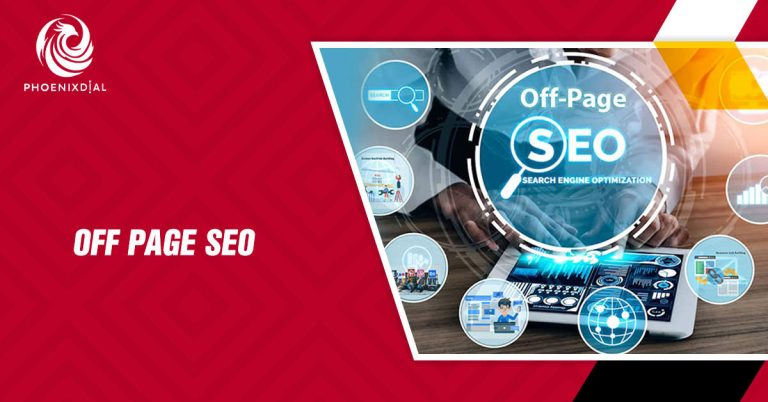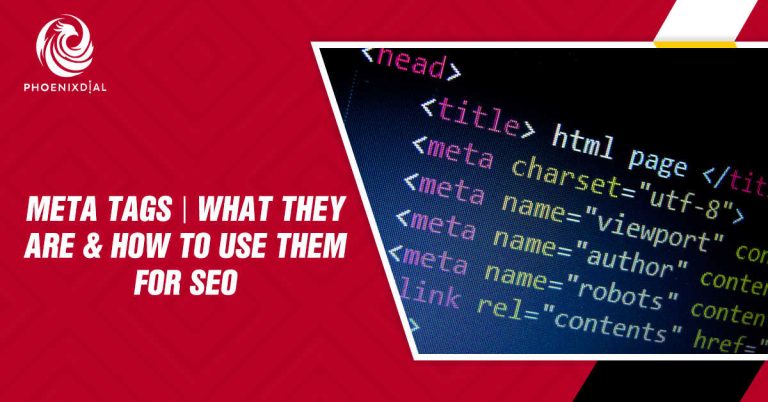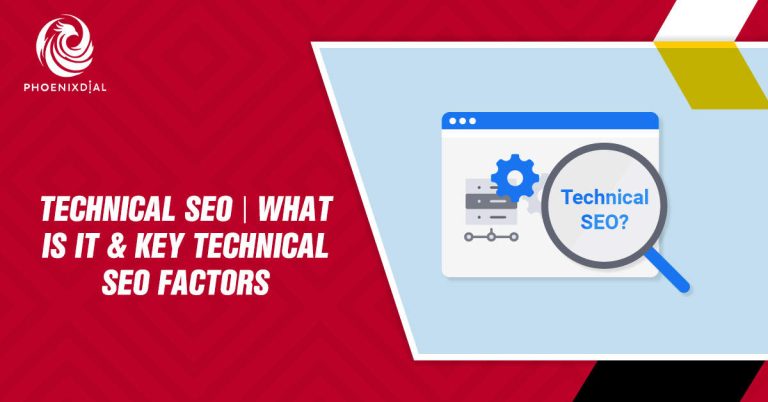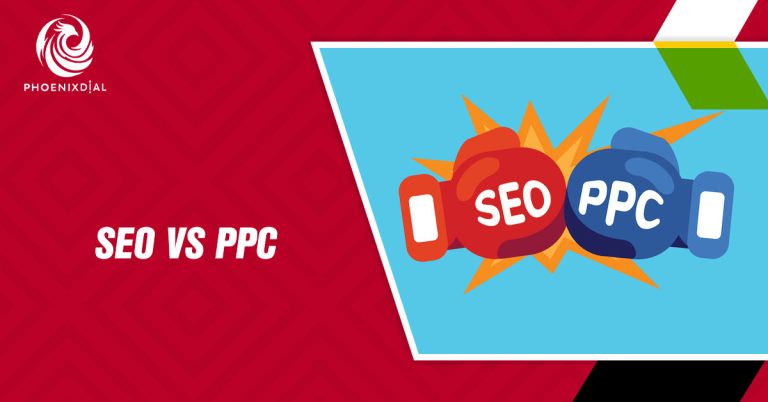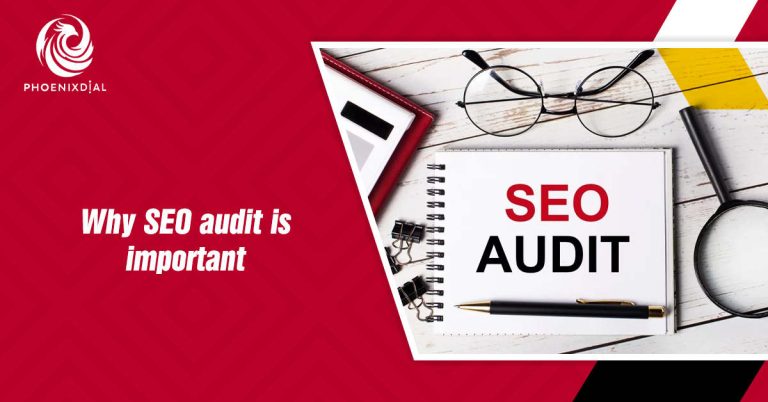Digital Marketing Strategy | How to Build a Plan That Works

Get A Free Quote Every successful brand online has one thing in common — a strong digital marketing strategy behind it. Whether it’s a small local shop or a global company, the secret to consistent growth lies in a clear…


